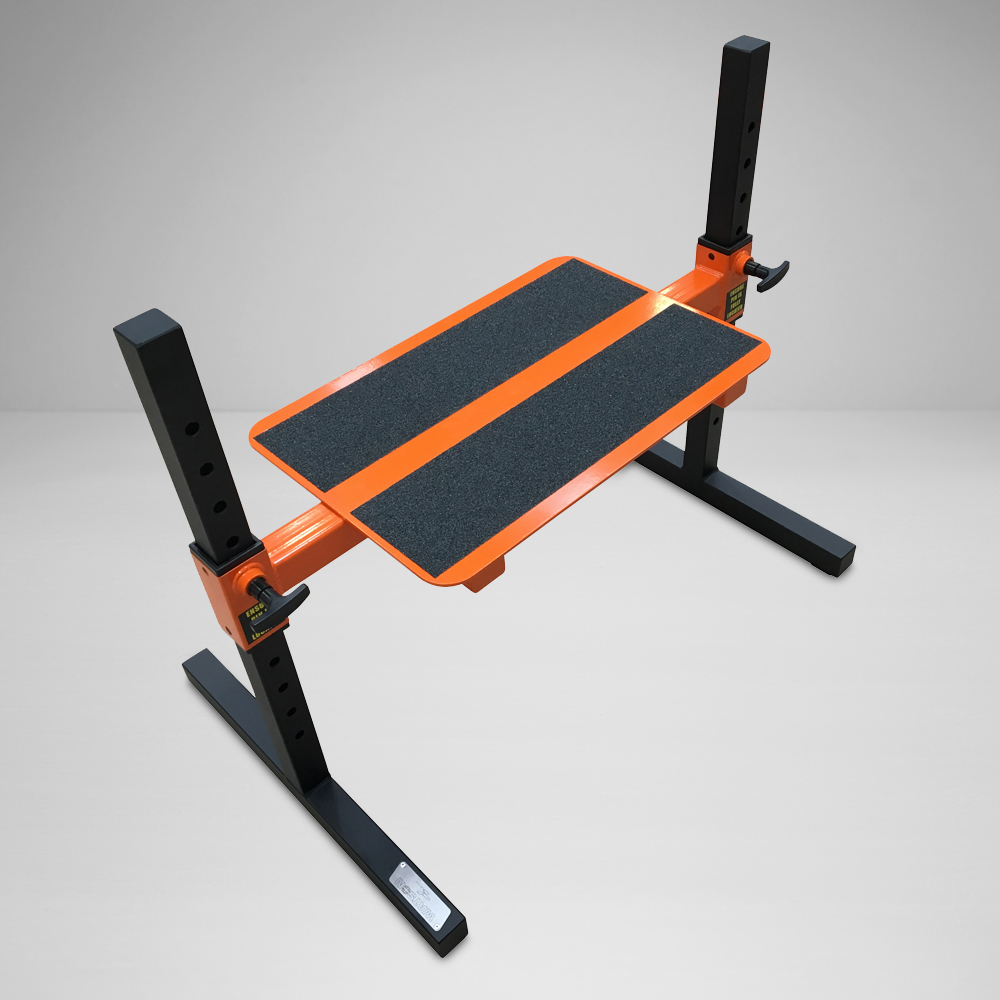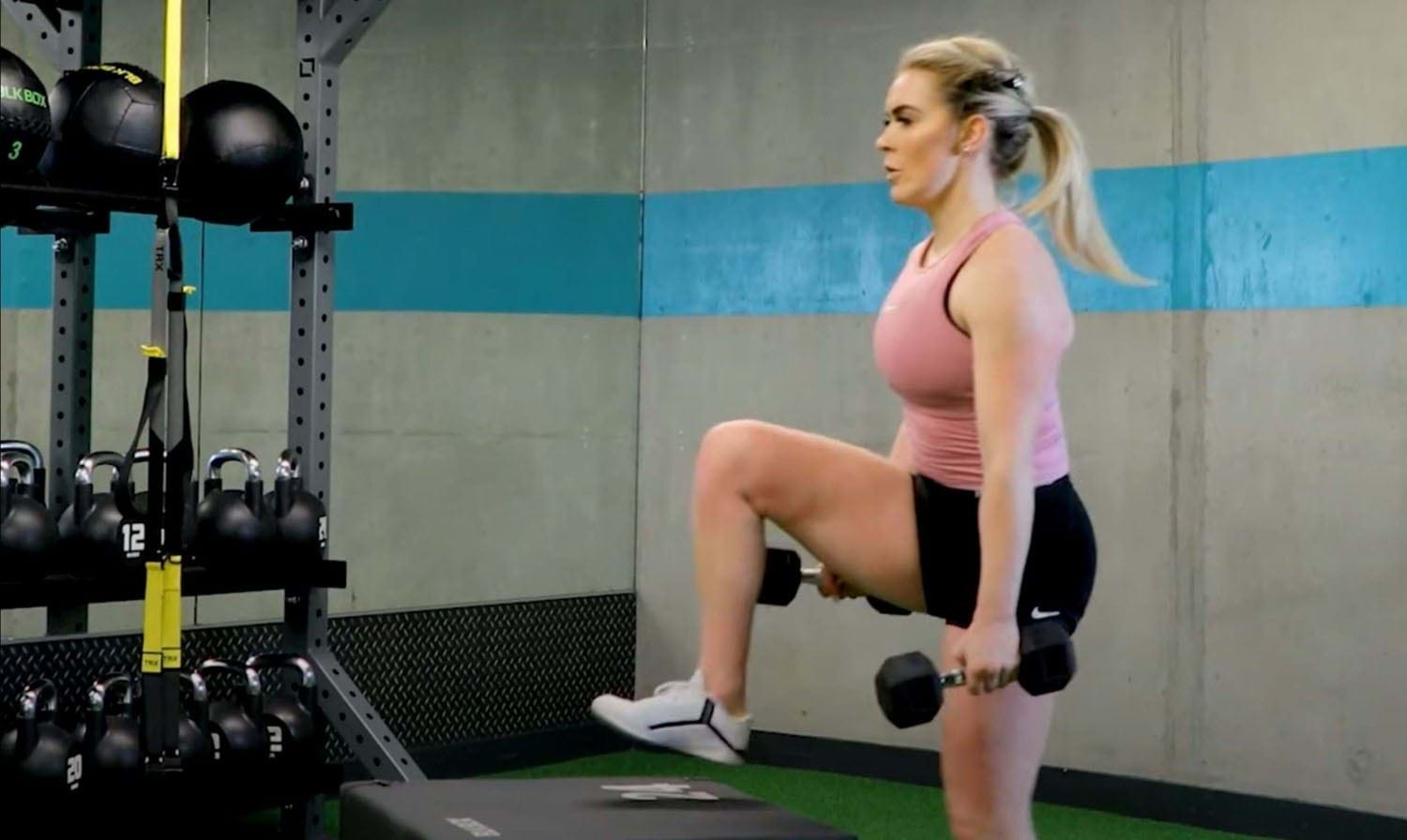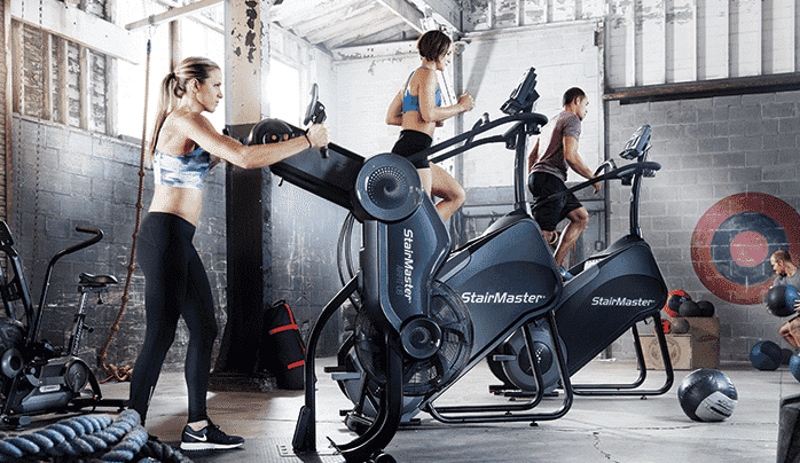Starting at the gym can feel confusing. You might wonder where to begin, what exercises to do, or how to use the machines properly.
If this sounds like you, don’t worry—you’re not alone. This guide breaks down the gym step by step, making it simple and clear. By the time you finish reading, you’ll know exactly how to move confidently through your workouts and get the results you want.
Ready to turn your gym time into your best time? Let’s dive in.
Setting Fitness Goals
Setting fitness goals is the first step to a successful gym journey. Clear goals give you focus and motivation. They help you measure your progress and stay on track. Without goals, workouts can feel random and less effective.
Goals also make it easier to choose the right exercises. They guide your efforts and keep you committed. Setting the right goals leads to better results and a healthier lifestyle.
Types Of Fitness Goals
Fitness goals vary by what you want to achieve. Some want to lose weight, others want to build muscle. Some aim to improve endurance or flexibility. Goals can be short-term or long-term. Examples include running a 5K, lifting heavier weights, or doing yoga daily. Choose goals that match your needs and interests.
Goal-setting Strategies
Set specific and clear goals. For example, “run 2 miles” instead of “run more.” Make goals measurable so you can track them easily. Break big goals into small steps. Set deadlines to keep yourself accountable. Write your goals down and review them often. Adjust goals if needed to stay realistic and motivated.
Tracking Progress
Tracking progress helps you see improvements. Use a journal, app, or calendar to record workouts. Note weights, reps, distances, or time. Celebrate small wins to stay motivated. Tracking reveals what works and what needs change. It keeps you honest and focused on your goals.

Credit: watsongym.co.uk
Choosing The Right Workout
Choosing the right workout is key for your gym success. It helps you stay motivated and reach your goals faster. Each type of exercise offers unique benefits. Knowing what fits your needs makes your routine effective and fun.
Cardio Workouts
Cardio workouts raise your heart rate and burn calories. Activities like running, cycling, and jumping rope improve heart health. They increase stamina and help with weight loss. Cardio also boosts mood and energy levels. Start slow and build up time and intensity.
Strength Training
Strength training builds muscle and strengthens bones. Use weights, resistance bands, or body weight exercises. It improves posture and helps you move better daily. This type of workout also speeds up metabolism. Focus on form to avoid injury and get results.
Flexibility Exercises
Flexibility exercises stretch muscles and improve joint movement. Yoga and simple stretches reduce stiffness and prevent injury. They help your body recover after workouts. Flexibility training also lowers stress and relaxes the mind. Practice regularly for the best effect.
Creating A Workout Plan
Creating a workout plan is a key step to reach your fitness goals. It helps you stay organized and motivated. A clear plan guides your workouts and tracks progress. This section explains how to build a balanced and effective workout plan.
Balancing Workout Types
Include different types of exercises in your plan. Combine strength training, cardio, and flexibility work. Strength training builds muscles and tones your body. Cardio improves heart health and burns calories. Flexibility exercises help prevent injuries and increase movement. A good mix keeps workouts interesting and effective.
Scheduling Sessions
Set specific days and times for your workouts. Consistency is important for good results. Plan enough rest days to let your body recover. Choose times that fit your daily routine. Writing your schedule helps you stick to it better. Treat workout times like important appointments.
Adjusting Intensity
Start with easy workouts if you are new. Gradually increase the difficulty over weeks. Change weights, reps, or workout duration to raise intensity. Listen to your body and avoid pushing too hard. Adjusting intensity helps you improve without injury. Keep workouts challenging but safe.
Mastering Gym Equipment
Understanding gym equipment helps you exercise safely and effectively. It builds confidence and improves results. Each type of equipment has a purpose. Knowing how to use them saves time and reduces injury risk. Start with the basics, then try different machines and cardio tools.
Free Weights Basics
Free weights include dumbbells, barbells, and kettlebells. They help build strength and improve balance. Start with light weights to learn proper form. Use a full range of motion for best results. Focus on slow, controlled movements. Free weights allow many exercise variations. They challenge stabilizing muscles more than machines.
Machine Workouts
Machines guide your movement along a fixed path. They are good for beginners and injury recovery. Adjust the seat and settings to fit your body. Choose a weight that feels challenging but safe. Machines isolate specific muscles for targeted training. They offer support and reduce the chance of bad form. Try different machines to work all muscle groups.
Using Cardio Machines
Cardio machines include treadmills, ellipticals, and stationary bikes. They improve heart health and burn calories. Start with a low speed or resistance. Keep your posture upright and steady. Use intervals to vary your workout intensity. Cardio machines suit all fitness levels. They also help warm up and cool down your body.
Proper Exercise Form
Proper exercise form is the foundation of effective workouts. It helps prevent injuries and improves results. Using correct form means moving your body in the right way during each exercise. This keeps muscles and joints safe.
Many beginners make common form mistakes that reduce benefits. Learning safe lifting techniques protects your back and muscles. Stretching before and after exercise also plays a key role.
Common Form Mistakes
Rounding the back during lifts strains the spine. Avoid locking your knees in squats or lunges. Let your knees track over your toes. Using too much weight often leads to poor form. Moving too fast reduces control and increases injury risk. Keep your core tight to support your body.
Tips For Safe Lifting
Start with light weights to learn the movement. Hold the weight close to your body. Breathe out as you lift and breathe in when lowering. Use a slow, steady motion to control the lift. Keep your feet flat and shoulder-width apart. Ask a trainer to check your form if unsure.
Stretching Techniques
Stretch before exercise to warm muscles and improve flexibility. Focus on major muscle groups like hamstrings and shoulders. Hold each stretch for 15 to 30 seconds without bouncing. Stretch again after exercise to aid recovery. Gentle stretches reduce muscle tightness and soreness.

Credit: www.puregym.com
Nutrition And Recovery
Nutrition and recovery play a big role in your gym progress. Eating right and resting well help your body grow stronger. Both fuel your workouts and repair your muscles. Without good nutrition and enough recovery, gains can slow down or stop.
Pre-workout Nutrition
Eat a small meal 30 to 60 minutes before exercise. Focus on carbs and some protein. Carbs give energy fast. Protein helps protect muscles during workouts. Avoid heavy or greasy foods. They can cause stomach problems and slow you down.
Post-workout Meals
After exercise, your body needs fuel to recover. Choose meals with protein and carbs. Protein rebuilds muscle fibers. Carbs refill your energy stores. Eat within 30 to 60 minutes after training. This timing helps your body absorb nutrients better.
Rest And Sleep
Rest is as important as training. Muscles grow and repair during sleep. Aim for 7 to 9 hours every night. Good sleep improves strength and focus. Avoid screens and caffeine before bed. Create a calm space to help you fall asleep faster.
Staying Motivated
Staying motivated at the gym can be tough. Many people start strong but lose drive over time. Motivation helps you keep going even when results slow. Small steps matter. Setting clear goals and tracking progress makes a big difference. Focus on what you can do today. Celebrate little wins. This keeps your energy up and your mind ready for the next workout.
Overcoming Plateaus
Plateaus happen when your progress stops. Your body gets used to the same exercises. Change your routine to break through. Try new workouts or increase weights slowly. Rest is important too. Give your muscles time to recover. Stay patient and keep pushing. Every plateau is a chance to grow stronger.
Building Consistency
Consistency beats intensity every time. Make a schedule that fits your life. Short workouts done regularly work better than long, rare sessions. Find a time you can stick to daily. Prepare your gym clothes the night before. Small habits add up. Consistent effort creates lasting change.
Finding Support
Support makes motivation easier. Join a gym group or find a workout buddy. Share your goals with friends or family. Encouragement helps you stay on track. Trainers can guide and inspire you. Talking about your progress keeps you accountable. You do not have to do it alone.

Credit: gymequipment.co.uk
Frequently Asked Questions
What Is The Best Way To Start A Gym Routine?
Begin with a warm-up to prevent injuries. Start with light cardio and basic exercises. Gradually increase intensity as you build strength and confidence.
How Often Should Beginners Go To The Gym Weekly?
Beginners should aim for 3 to 4 days per week. This allows time for recovery and muscle growth. Consistency is key to progress and avoiding burnout.
What Equipment Is Essential For Gym Beginners?
Start with basic equipment like dumbbells, resistance bands, and a mat. These tools help build strength and flexibility safely. Focus on mastering form before using advanced machines.
How Can I Track Progress Effectively At The Gym?
Use a workout journal or fitness app to log exercises, weights, and reps. Regularly track measurements and strength improvements. This keeps motivation high and guides workout adjustments.
Conclusion
Starting your gym journey step by step builds strong habits. Small actions lead to steady progress over time. Focus on consistency, not speed or perfection. Enjoy each workout and celebrate small wins. Keep your goals clear and stay motivated daily.
Remember, everyone begins somewhere. Stay patient and trust your effort. Soon, you will see real changes in strength and health. The gym becomes easier with practice. Keep moving forward, one step at a time.
